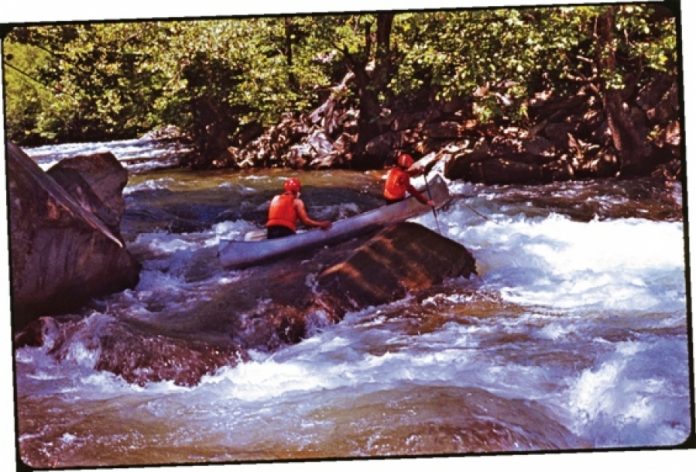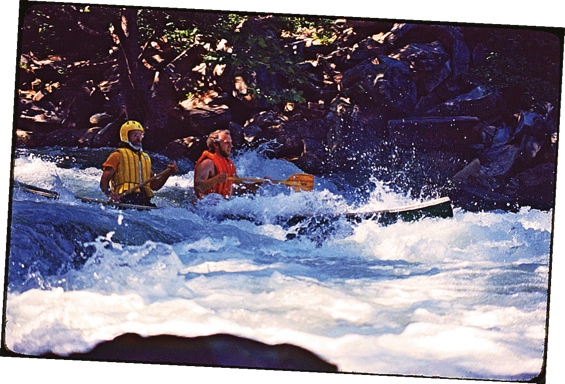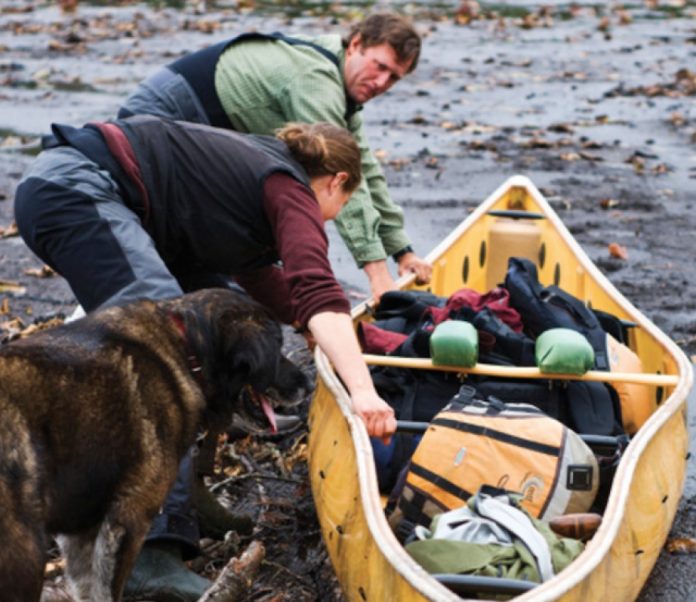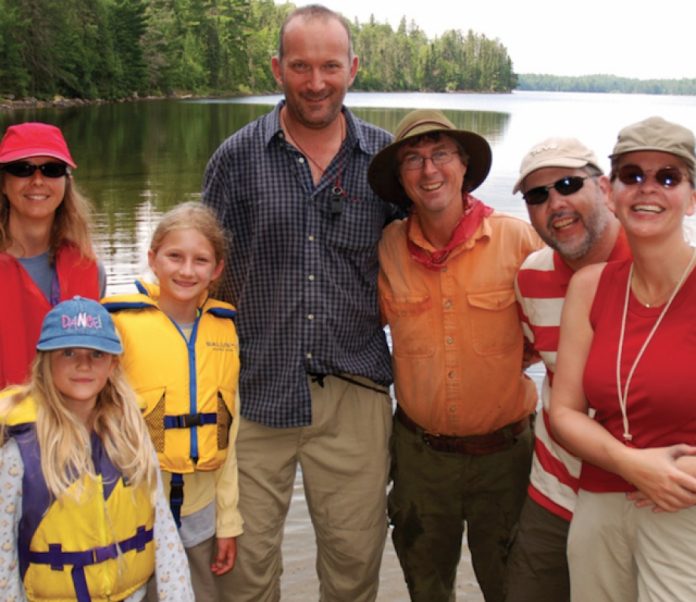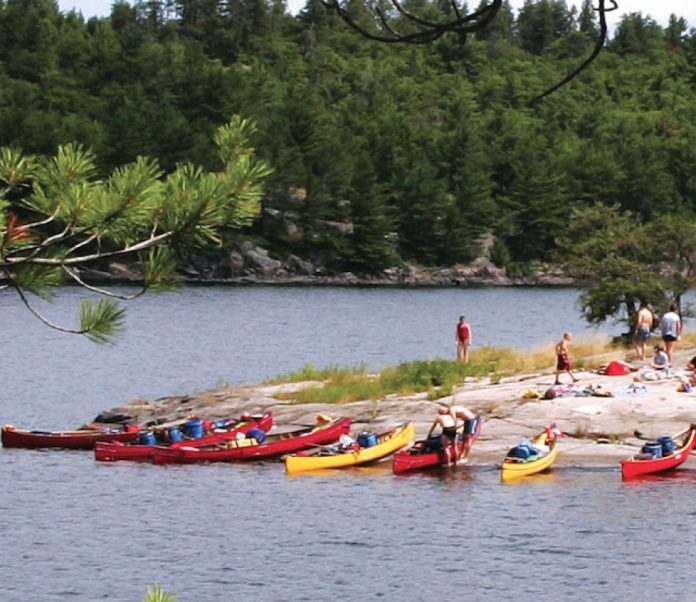For longtime Temagami canoe-tripper Brian Back, the prospect of a new provincial park encompassing Wolf Lake, a Windex-clear lake surrounded by a stark quartzite shoreline and a forest of old growth red pine, was “almost a no-brainer.”
Wolf Lake is the scenic highlight of a canoe route weaving in and out of Chiniguchi Waterway Provincial Park, a 9,368-hectare protected area of lakes and small rivers east of Sudbury, Ontario. A Ministry of Natural Resources (MNR) report in 1990 concluded that Wolf Lake “may be the largest remaining contiguous, old-growth red pine dominated forest in North America,” with trees up to 300 years old. Summer camps have fl ocked to the area for decades, along with throngs of recreational canoeists looking for an easy escape.
Despite all this, Wolf Lake isn’t protected. Things looked promising in 1999 when Ontario’s Living Legacy, a government attempt to complete the province’s network of protected areas, established the Chiniguchi park and pegged Wolf Lake as a Forest Reserve—-essentially a park-in-waiting designation that allows mining but outlaws forestry.
Wolf Lake was expected to roll into the waterway park when pre-existing mining leases expired. That’s why Back, the founder of Ottertooth.com, a northeastern Ontario canoe-tripping and environmental website, was shocked
last summer to learn that the MNR planned to revoke Wolf Lake’s Forest Reserve status to more actively promote mineral exploration and, by association, open the area to commercial logging.
Back suspects it was pressure from the mining industry that caused the MNR’s sudden about-face. Developers don’t like parcels of land in regulatory limbo, says Back. Forest Reserve status doesn’t impede exploration activities for Flag Resources, the Calgary-based junior mining company with leases surrounding Wolf Lake, but the uncertain land designation can spook the investors it needs to fund its work.
Regardless of Flag Resources’ 30 years of exploration in the area having turned up no tangible prospects, MNR offered to exchange 340 hectares surrounding Wolf Lake for 2,000 hectares of protected land to be tacked onto the Chiniguchi park elsewhere. According to Bob Olajos, the secretary of the Friends of Temagami conservation group, this is hardly a fair trade. “What we have at Wolf Lake cannot be replicated elsewhere,” he says.
Surging public outcry put the heat on the provincial government to revisit the issue. Last December, the Friends of Temagami and its sister organization, Toronto-based Earthroots, spearheaded a campaign that barraged the provincial legislature with over 1,000 faxes opposing the government’s plans to scrap the Wolf Lake Forest Reserve. In February, 17 conservation organizations and businesses, including Friends of Temagami, Earthroots, Paddle Canada, Camp Keewaydin and the Canadian Parks and Wilderness Society, formed the Wolf Lake Coalition to push for its protection.
Minister of Natural Resources Michael Gravelle insists the province “struck a fair balance” when they decided to retain the Forest Reserve in March. Th is protects Wolf Lake from logging but keeps mining prospects alive.
“It’s the world’s largest old-growth red pine forest. Th at’s the hook,” says Olajos. “There’s a hole at Wolf Lake, right in the middle of this great forest. We want it protected.”
This story originally appeared on page 15 of the Early Summer issue of Canoeroots & Family Camping magazine. Read the entire issue here.




